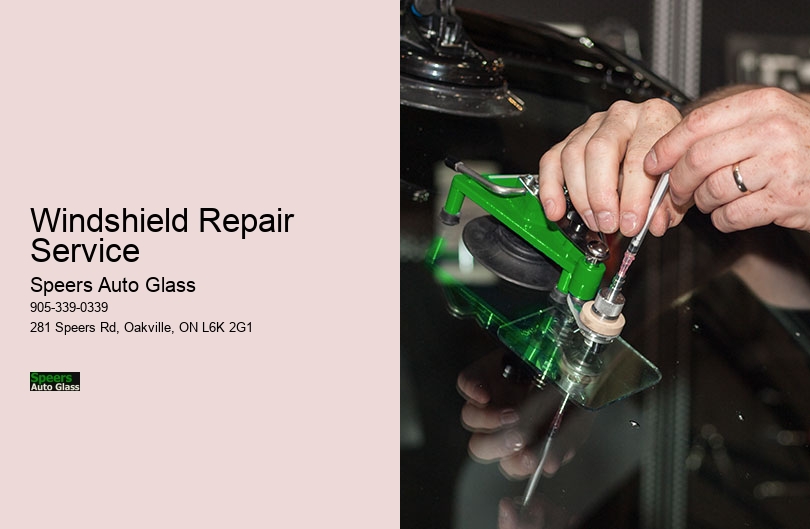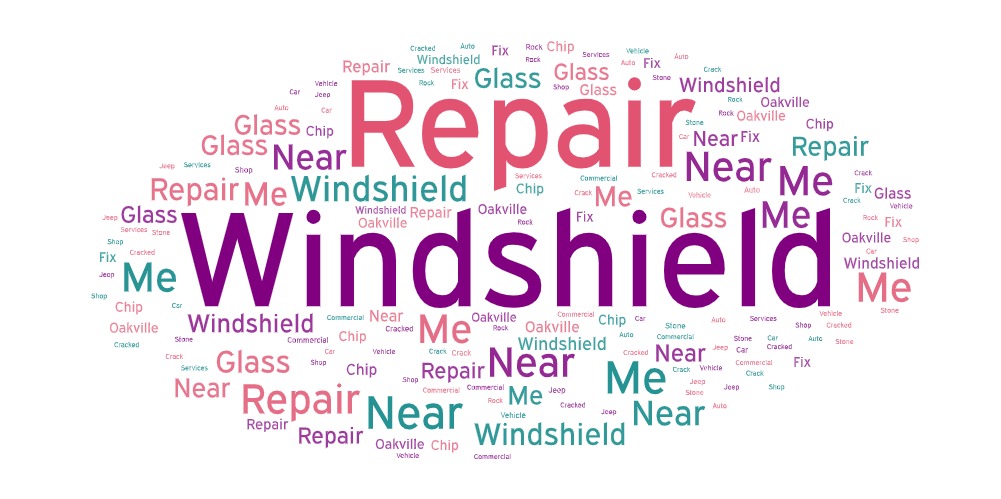

Nestled in the heart of Oakville, Speers Auto Glass has become the trusted name for quick, dependable, and personable windshield repairs. As a business deeply connected to the Oakville community, they know the traffic patterns and road conditions—from bustling Trafalgar Road to the lakeside suburbs. That local insight allows them to expertly handle everything from pesky rock chips to temperature-induced cracks that Oakville drivers frequently encounter.
Speers Auto Glass treats windshield repair as a matter of safety and clarity, not just convenience. Their skilled technicians use premium resin and advanced tools to repair chips and cracks efficiently—often completing jobs in under an hour. Their work not only extends the life of your windshield but also helps you avoid the cost of a full replacement. Whether you drive a compact sedan or a luxury SUV, their team has the know-how to fix it right.
What really sets Speers apart is their neighborly approach. Each customer is treated like part of the community. From helping with insurance paperwork to scheduling mobile repairs at your home or office, the staff goes above and beyond to make the process smooth. Their mobile service covers all of Oakville, so you don’t have to interrupt your day to get your glass fixed.
Speers Auto Glass is more than a repair shop—it’s a local institution built on trust, safety, and service. When a chip or crack appears, don’t let it grow. Call the experts at Speers for clear results and hometown care.
Driving on highways and freeways increases the likelihood of encountering rock chips on windshields due to the higher speeds at which vehicles travel. When cars and trucks zip down these roads, their tires can easily kick up loose stones or debris lying on the pavement. The faster a vehicle is moving, the greater the force with which these objects can strike a windshield, leading to chips or cracks. Additionally, following large commercial trucks too closely can result in rocks that are dislodged by their large tires impacting your windshield.
Areas where road work or construction is taking place are notorious for causing windshield damage. These zones often have gravel, rocks, and other debris that can be easily kicked up by vehicles. Construction equipment moving in and out of these areas also contributes to the scattering of potential projectiles that can lead to rock chips when they collide with windshields.
Inclement weather plays a significant role in causing rock chips on windshields. During storms, strong winds can pick up stones or broken branches and hurl them at cars, leading to chips or cracks. In colder climates, hail is another weather-related culprit that causes damage to windshields as it pelts down with enough force to create impact marks.
Roads that are poorly maintained contain more loose stones and debris which pose a risk for windshield damage. Potholes can cause drivers to lose control momentarily and fling rocks from the road's surface into the air towards other vehicles' windshields. The lack of regular sweeping or cleaning of streets also contributes to an increased risk of accumulating rock chips over time.
Vehicles carrying uncovered loads such as trucks transporting sand, gravel, or other similar materials often drop small pieces onto roadways as they travel. If these items fall off a truck directly in front of you or if your vehicle propels them into the air due to its motion, they may strike your windshield with enough force to leave behind a chip or crack. It's advisable always to maintain safe following distances from such vehicles carrying potentially hazardous cargo.
When you arrive for your windshield repair appointment, the first step will be an assessment of the damage. The technician will examine the size, type, and location of the chip or crack to determine if a repair is feasible. Most chips smaller than a quarter and cracks up to three inches long can typically be fixed. However, if the damage is in the driver's line of sight or near the edge of the windshield, a replacement may be necessary for safety reasons.
Once it's determined that your windshield can be repaired, the technician will begin by thoroughly cleaning the damaged area. Any loose glass particles need to be removed from the chip or crack to ensure that the resin adheres properly. Special tools may be used to create a clean path for resin insertion.
The main part of a windshield repair involves injecting a special resin into the chip or crack using specialized tools. This resin is then exposed to ultraviolet light which hardens it, bonding with your windshield glass and restoring its structural integrity. Throughout this process, precision is key as it ensures that not only is visibility restored but also that further spreading of damage is prevented.
After applying and smoothing out the resin, there must be adequate time for it to cure and bond with your windshield glass. The time required can vary depending on various factors such as temperature and humidity levels; however, it generally takes about 30 minutes under UV light. During this time, your car will need to remain stationary with direct exposure to sunlight if possible.
Following curing time, your technician will perform a thorough quality check on their workmanship and ensure no excess resin remains on your windshield that could impair visibility or aesthetics. They'll verify that all blemishes have been filled correctly and assess whether any further action needs to be taken.
Finally, before you leave with your newly repaired windshield, you’ll receive instructions on how best to care for it over the next few hours or days while complete curing occurs. These might include avoiding car washes or high-pressure water hitting directly onto where repairs were conducted—usually precautions are minimal but important for optimal results.

Temporary fixes like clear nail polish or tape can minimize appearance but don't actually repair the damage.
You can repair small chips or cracks with kits, but complex damage needs expert repair.
Yes, if the crack is minor, you can repair it with resin. Major damage requires replacement.